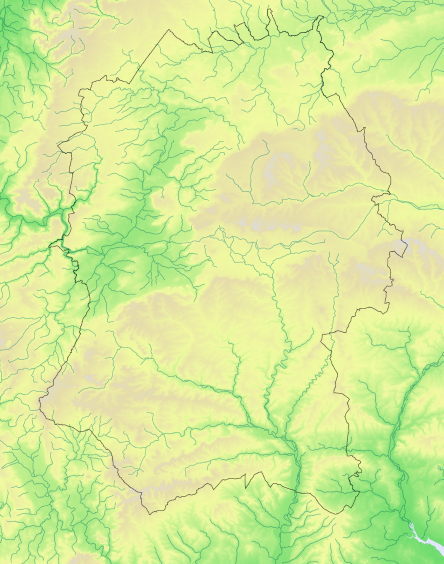Willow Tit Poecile montana
Winter distribution change
Scarce local resident following large decrease since 1970s
Atlas species lists
- Breeding distribution 1995–2000
- Summer abundance 1995–2000
- Winter distribution 1995–2000
- Winter abundance 1995–2000
- Breeding distribution 2007–2012
- Summer abundance 2007–2012
- Winter distribution 2007–2012
- Winter abundance 2007–2012
- Breeding distribution change
- Summer abundance change
- Winter distribution change
- Winter abundance change
More Willow Tit maps
- Breeding distribution 1995–2000
- Summer abundance 1995–2000
- Winter distribution 1995–2000
- Winter abundance 1995–2000
- Breeding distribution 2007–2012
- Summer abundance 2007–2012
- Winter distribution 2007–2012
- Winter abundance 2007–2012
- Breeding distribution change
- Summer abundance change
- Winter distribution change
- Winter abundance change
More maps for this atlas
Map explanation
This map shows the changes which occurred in the winter distribution of the species between 1995-2000 and 2007-2012, but only in the limited selection of tetrads that were surveyed in winter for Birds of Wiltshire (Wiltshire Ornithological Society 2007).
Key
Data not mapped to preserve confidentiality
Willow Tits are for the most part a sedentary species, found right across Eurasia from western Europe to Kamchatka and Japan; in Europe their range extends north to northern Fenno-Scandia and south to mountain areas in Italy and the Balkans. In continental Europe, unlike in Great Britain, they are commoner and more widespread than Marsh Tits.
In Great Britain they were first recognised as a species separate from Marsh Tits only in 1907. The British population belong to an endemic subspecies, P.m.kleinschmidti, their numbers swollen occasionally in the east and north by rare vagrant members of an eruptive northern subspecies P.m.borealis. They are found in many areas south from southern Scotland, most densely in northeast England, East Anglia, the Midlands and south Wales. Their range and population numbers have declined sharply in the past forty years: Bird Atlas 2007-11 recorded a 55% range contraction since the 1968-72 Breeding Atlas, including almost complete disappearance from large areas in southeast England.
In Wiltshire the presence of Willow Tits was first recorded early in the 20th century but it was not until the mid-century that they were recognised as a scarce breeding species. There was no clear evidence of population decreases in the decades leading up to the end of the century: Birds of Wiltshire recorded them in 85 tetrads with breeding confirmed or probable in 27 of them. From 2000 however, records submitted to Hobby showed a steady decline. In 1999 records were submitted from 25 sites; by 2003 this had declined to ten sites and by 2015 to only three sites. WTA2 treated the species as so sensitive that no records were mapped at all.
References
The following references are used throughout these species accounts, in the abbreviated form given in quotation marks:
“1968-72 Breeding Atlas” – Sharrack, J.T.R. 1976: The Atlas of Breeding Birds in Britain and Ireland. T. & A. Poyser
“1981-84 Winter Atlas” – Lack, P.C. 1986: The Atlas of Wintering Birds in Britain and Ireland. T. & A. Poyser
“1988-91 Breeding Atlas” – Gibbons, D.W., Reid, J.B. & Chapman, R.A. 1993: The New Atlas of Breeding Birds in Britain and Ireland 1988-91. T. & A. Poyser
“Birds of Wiltshire” – Ferguson-Lees, I.J. et al. 2007 : Birds of Wiltshire, published by the tetrad atlas group of the Wiltshire Ornithological Society after mapping fieldwork 1995-2000. Wiltshire Ornithological Society.
“Bird Atlas 2007-2011” – Balmer, D.E., Gillings, S., Caffrey, B.J., Swann, R.L., Downie, I.S. and Fuller, R.J. 2013: Bird Atlas 2007-2011: the Breeding and Wintering Birds of Britain and Ireland
“WTA2” – ("Wiltshire Tetrad Atlas 2 ") the present electronic publication, bringing together the Wiltshire data from “Birds of Wiltshire” and “Bird Atlas 2007-11”, together with data from further fieldwork carried out in 2011 and 2012.
"Hobby" - the annual bird report of the Wiltshire Ornithological Society.

